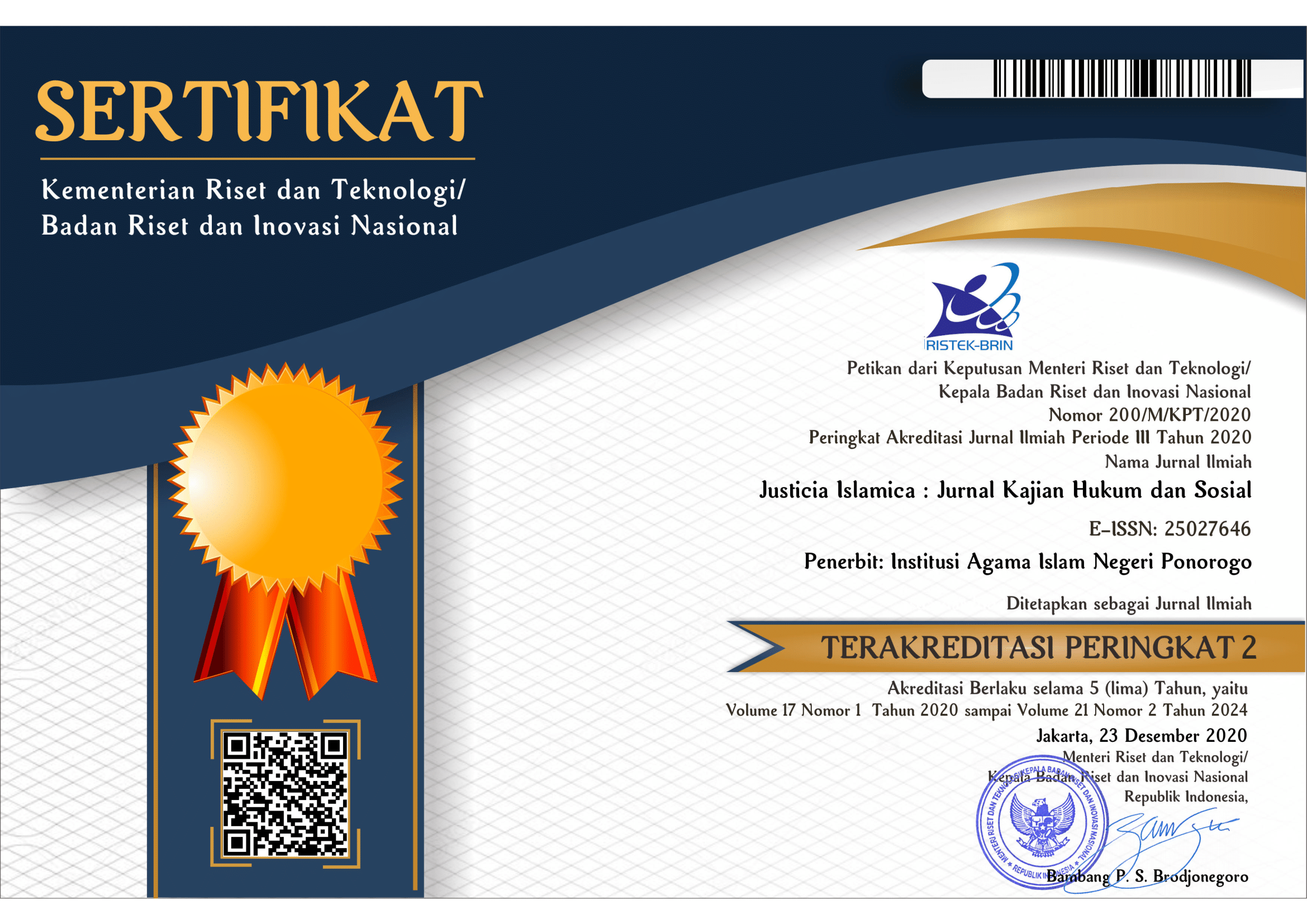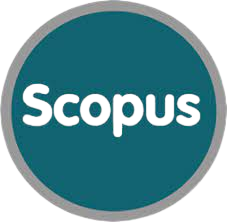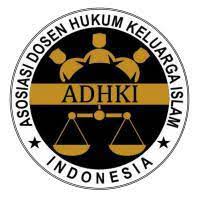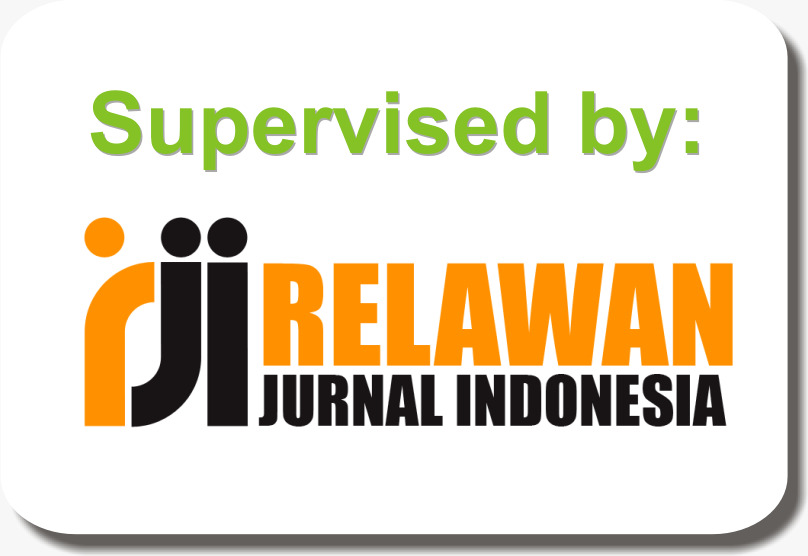Screening for Plagiarism
Prevention of plagiarism is essential as it provides scientific and academic integrity. Therefore, Justicia Islamica uses Turnitin Software for controlling plagiarism concerns.
In order for an article to be accepted for peer review, the similarity rate should be a maximum of 20%, excluding references.
There are several indicators of plagiarism that all authors must be aware of:
- The most easily identifiable plagiarism is that of repeated content when an author copies another author's work by reciting words, sentences, or paragraphs without citing original sources. This plagiarism model can be easily identified by our plagiarism checker software.
- The second type of plagiarism occurs when an author reproduces a substantial part of another writer's work, without citing him/her. The term "reproducing substance" here can be understood as copying another's ideas, both in terms of quantity and quality, which potentially eliminates the original author's rights, in the context of intellectual property.
- The third type of plagiarism is when an author takes ideas, words, or phrases in paraphrased sentences or paragraphs, without citing the original source. This type of plagiarism often cannot be checked through plagiarism software, as it is idea-based. Yet, this practice becomes unethical when the author does not cite, nor acknowledge the original source from the original writer.
Included in this type are authors who publish one article in more than one editor of the publication. And recycle paper/papers. What is important in self-plagiarism is that when taking his own works, then the creation of new works produced must have a meaningful change. This means that the old Works are a small part of the new works that were produced. So readers will get new stuff, which is really the author of pour on the paper using the old paper.






















